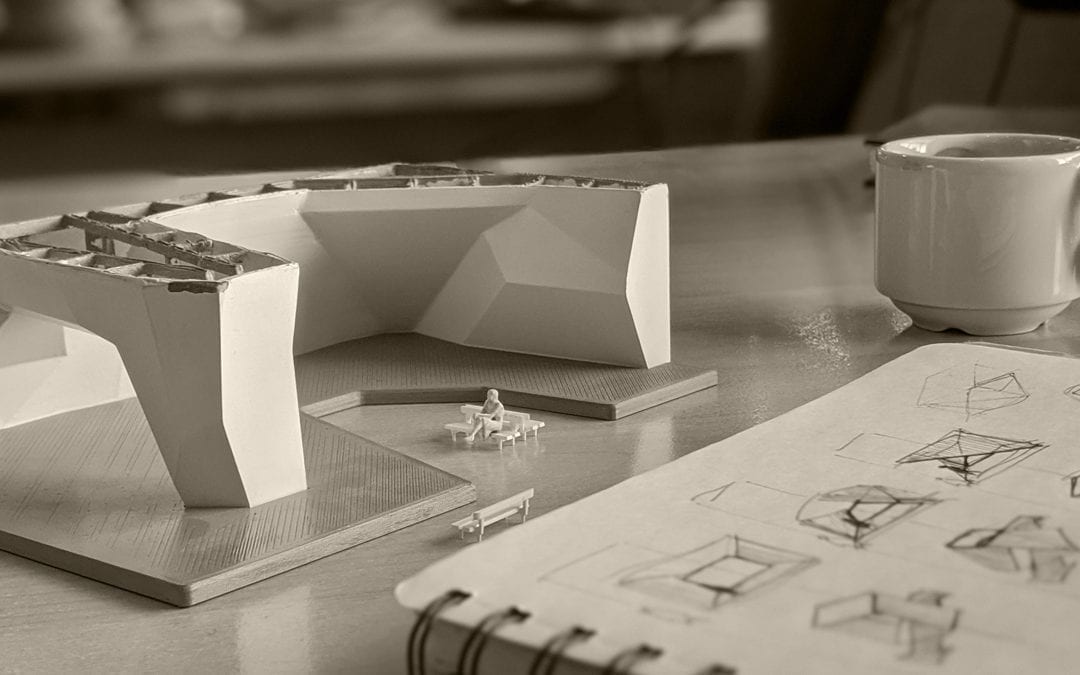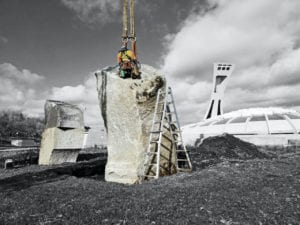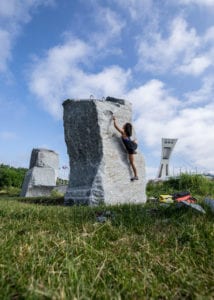Urban Boulders and Lifesaving Training Equipment
OnSite talks about Urban Boulders and their recently released Lifesaving Wall. You can buy this home wall for $46 a month

After four decades of development, artificial climbing walls have undergone several reconstructions. Between the cement-covered structures of the nineties and the modern, hyper-flush designs of new-age gyms, climbing walls have survived many iterations in working toward the same goal: the premium climbing experience.
While quality is a point of perspective, the modern climbing gym requires more than plywood and a plan. Instead, a modern wall requires aesthetics. It necessitates an appreciation for the client’s goals and a refusal to compromise on quality. “We are not putting a rocket into space. Everything is possible.”
Every company has their head and OnSite is no different. Born and raised in Montreal, the OnSite CEO came into climbing late, but has worked in design for decades. In the beginning, Larose worked in gaming. As he would relate, gaming requires a superior attention to detail. If a picture is out of place, or a word is dropped from a phrase, the magic is broken. The client requires an immersive experience.
During his time in the gaming industry, Larose would learn the many details of production. He would learn how to incorporate art into functional pieces and the value of hard work. Most importantly, he would learn to have goals and to harness passion.
The company CEO smiled. “I had a lot of ambition when I was a kid. When I was passionate, doing what I love 120 hours a week was not a problem.”
Still, at 32, Larose and his incredible work schedule would begin to concern his friends. At a particularly busy time in his life, Larose would find himself kicked into the backseat of his buddy’s car, driving with strangers to a rock in the middle of nowhere. “Since then, climbing has been everything.”
After a couple years consulting with Allez Up, Larose would have an idea. Why must climbers drive four hours, back and forth, for just a couple of attempts on a boulder? “Imagine if we could take our crashpads in the subway and climb downtown instead.”
This little idea would become the man-made functional art pieces that define Urban Boulders. These blocks of stone were massive, public and beautiful landscaping decorations that changed the perception of urban bouldering. Gyms were no longer the only option.
Although Urban Boulders became the focal point of the company, it would take time to sell each bloc. In May 2016, Allez Up’s Jean-Marc de la Plante would approach Larose with a proposition: Mississauga, Ontario’s Up the Bloc.
Up the Bloc’s Luigi Montilla took OnSite’s deal and, before long, Ontario’s first modern bouldering gym stood just outside downtown Toronto.
While Larose never planned on building climbing walls, he and his partner, Pascal Godin, found increasing demand for their high-quality products. In these last years, the small company began building walls across the country. By 2021, OnSite had installed three Urban Boulders and had built some of Canada’s best climbing gyms.
Though OnSite has expanded operations to the U.S., the Montreal-based manufacturer still takes pride in helping climbers close to home. When the pandemic began in March of last year, Larose and his team looked for solutions to support struggling climbers in the midst of the stay-at-home orders.
“We had to do something to help our climbers’ community while in lockdown.”
In an effort to ease the pain of isolation, OnSite would begin to sell hangboards at their production cost. Climbers were finally able to purchase an essential, and affordable piece of training equipment. The hangboards became so popular that OnSite developed more training gear, each priced within a budget, underneath a new Sub-brand they called Lifesaving.
Lifesaving Gear would grow to sell many smaller pieces of training equipment. Eventually, they would begin another exciting innovation: the Lifesaving Wall.
While home walls have exploded onto the scene in this last year, making your own comes with it risks and complications. Unfortunately, buying a pre-made home wall is expensive and seemingly unattainable. Larose wanted to “reduce the friction.”
Many climbers do not have thousands of dollars for a home wall. He needed something affordable. After bringing down the price, the wall still stood above $1000. To make the Lifesaving Wall even more accessible, Larose decided to move with a monthly-payment platform. This allowed climbers to spend as little as $46 a month for a professional-grade climbing wall.
The wall itself adjusts from 20- to 50-degrees overhanging and comes complete with a standard 8-inch by 8-inch bolt pattern that is compatible with the MoonBoard, Tension Board and Kilter Board holds. The wall is 8-feet wide and 12-feet tall. It installs directly into the walls of your home.
Though you can purchase the wall with holds from the site, Lifesaving is currently in the process of bundling the wall with grips from Tension and Kilter. This would allow the climber to build a standardized training wall, all while paying a simple monthly fee.
Given that the basic version of the wall costs less than a gym membership, it might be an affordable alternative to the climber seeking a new way to train. To that effect, the wall will soon come in a larger 12-foot by 12-foot size as well as 7-foot by 10-foot and 10 foot by 10-foot options.
This fully-fortified, t-nut bearing structure could be the perfect step in your new approach to indoor climbing.
Check out OnSite and their Lifesaving products.






